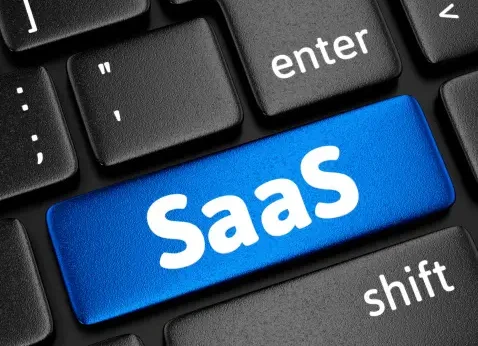As the Software-as-a-Service (SaaS) sector is continually evolving, a few main innovations and trends are forming the future landscape. Here’s a look at what lies ahead for SaaS:
- Artificial Intelligence Integration: AI will enable a total transformation of SaaS applications, where it will bring about the improvement of customer support and data analytics, to mention a few. The availability of AI-driven insights and automation is set to be a norm. This will increase the operational efficiency and user experience of which the product for the company is an actual example.
- Edge Computing Capabilities: IoT devices are experiencing an uptrend and SaaS providers are shifting from cloud to edge computing, which enables better communication. This approach enables the data to be processed rapidly and at a minimum latency level, which is especially critical for the real-time functions such as autonomous vehicles and smart cities.
- Increased Focus on Security: Breaches that are coming in the form of data are getting more and more complex, so SaaS companies are very relentless in their security measures. Security measures that are really important in the process include encryption, multi-factor authentication, and blockchain technology which will be the transformer of sensitive information protection.
- Personalization and Customization: The current user pattern is to seek experiences that have been custom-made to the consumers. The next-generation SaaS applications will come with full application personalization options to accommodate the paucity of software customization that is only covered by the IT department.
- Subscription Model Evolution: “The subscription-based model will be the mainstream in the future, but with flexible features.” The businesses will require more multi-tiered options and pay-as-you-go alternatives which will cater to the growing number of organizations with budgets of all sizes and of all kinds.
- Cross-Platform Compatibility: Synchronized information systems with different types of gadgets and the software installation will be a big concern. By creating SaaS applications, end-users will gain the same discrete user functionality while choosing devices like through desktops, mobile gadgets, or wearable tech.
- Environmental Sustainability: Achieving sustainability through the use of green computers will be the issue. Software as a Service (SaaS) vendors will concentrate on the most eco-friendly and energy-saving data centers, and they will strive to be carbon-neutral too, thus following the global sustainability agenda.
- Collaborative Tools and Remote Work: The conversion to remote full-time employment has been the driver of demand for collaborative SaaS tools. In the future, remote work platforms will be designed for real-time communication, video conferencing, and project management tools to be distributed to staff.
- Blockchain for Data Integrity: Blockchain technology will be used to add data fidelity and transparency into SaaS software. Incorruptible ledgers will emerge to guarantee the non-repudiation of transactions, contracts, and digital identities.
In a nutshell, SaaS will continue being the most driven and versatile cloud model, boosting its main functionalities such as edge computing, AI, and security. Apart from that, personalized user experiences, operational models that are subscription-based, and commitments to sustainability will be the attributes of SaaS. The next phase of SaaS growth will be phased out by these elements.


 Impacts of AI on SaaS: The Facts You Should Be Aware Of
Impacts of AI on SaaS: The Facts You Should Be Aware Of  The Top SaaS Project Management Tools for 2024
The Top SaaS Project Management Tools for 2024  How SaaS is Changing the Financial Services Industry
How SaaS is Changing the Financial Services Industry  The Best SaaS Solutions for Automating Business Processes
The Best SaaS Solutions for Automating Business Processes  SaaS in Education: Transforming Learning and Administration
SaaS in Education: Transforming Learning and Administration  Optimizing Your SaaS Pricing Strategy
Optimizing Your SaaS Pricing Strategy